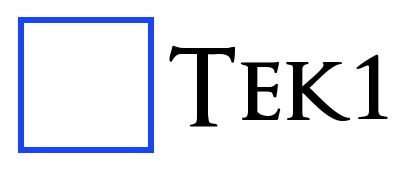Category: Tekla Modelling Tips
-
Estimation Bridging List
Here is a sample of bridging list we provide with Take off. We provide the length and the quantity for accurate estimation. The model also shows the bridging.
-
Tools for Experts
How to achieve 800 tons per month Capacity with small efficient teams Tekla provides a few tools for experts users. Careful study of model, diligence and discipline in placing members, Set up of template model makes it possible to use these tools with maximum efficiency. Custom Connections Auto Connections Customized Drawing templates. Manner in which…
-
EFFICIENT DSTV TO DXF CONVERSION
Contour Marking: It is an information written in an NC file that passes information to the NC machine on the layout and the parts that are welded together. Tek1 do care about every client so we thought of seeking the help of Trimble Connect warehouse and found an plugin suiting the criteria. How the Convertor…
-
How to Create a Curved Beam using the Tekla Open API (c#)
The key to this is to specify a chamfer value, and at least three points using the PolyBeam class. You must also provide a profile type that Tekla understands – otherwise you’ll get a bunch of straight lines. Here’s some basic code to get you started: You should be able to easily import, into Tekla,…
-
Lesson 24 Overlay 2d Annotation
All team leads, trainees must know how to overlay 2d annotations to IFC model and upload to trimble connect. Please watch this youtube video on it. I am asking Ragul to upload a training model with GA and Assy drawings. What you have to do is follow the video, extrat the dwg and upload the…
-
Tekla Custom Component Primer
Part 1 of the custom component take you through the following items. Defining parameters Setting Create option in the Component tree Loading…
-
NCDXF Files and & CSK Bolt Holes (in Tamil)
NCDXF Files and & CSK Bolt Holes (in Tamil) from Tek1 on Vimeo. Hi team, please review the video for CSK bolt holes and NCDXF Files – language is Tamil.
-
GRASSHOPPER- THE VISUAL PROGRAMMING LINK FOR TEKLA
Ever wondered how to automate the processes in modeling of steel structures, increase efficiency and accuracy. Grasshopper has got all the answers. Grasshopper is a visual programming interface like the Dynamo we saw in the previous blogs. It is built in within the 3D modeling software called Rhino. Tekla has released a link which enables…
